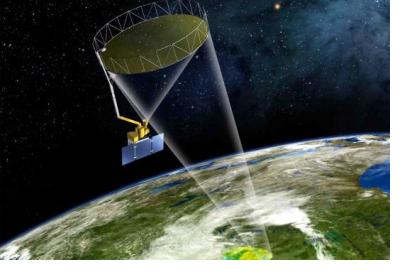United
Nations
Office for Outer Space Affairs
UN-SPIDER Knowledge Portal
NASA will release on August 2015 the first Soil Moisture Active Passive (SMAP) data, the beta version of L1 radar and radiometer data. The SPAM mission was developed in order to record surface soil moisture measurements with high levels of accuracy and resolution.
It will improve weather and climate forecasts, flood predictions and drought monitoring systems. The measurements provided by the SMAP global mapping open a new path for monitoring the oceans and the terrestrial biosphere.
As explained on the website of the International Society for Optics and Photonics (SPIE), “the SMAP active and passive microwave measurement approach builds on the heritage of earlier microwave sensors used for Earth monitoring. Combining the two measurements with a shared antenna and providing global mapping capability with frequent revisit are advanced capabilities that are particularly advantageous for the measurement of surface soil moisture and its frozen or thawed state.”
After the phase for observatory checking and orbit adjustment that started on February 2015, the next step of the mission is to calibrate and validate sensors to adjust instrument and algorithm parameters, which will take another year.
